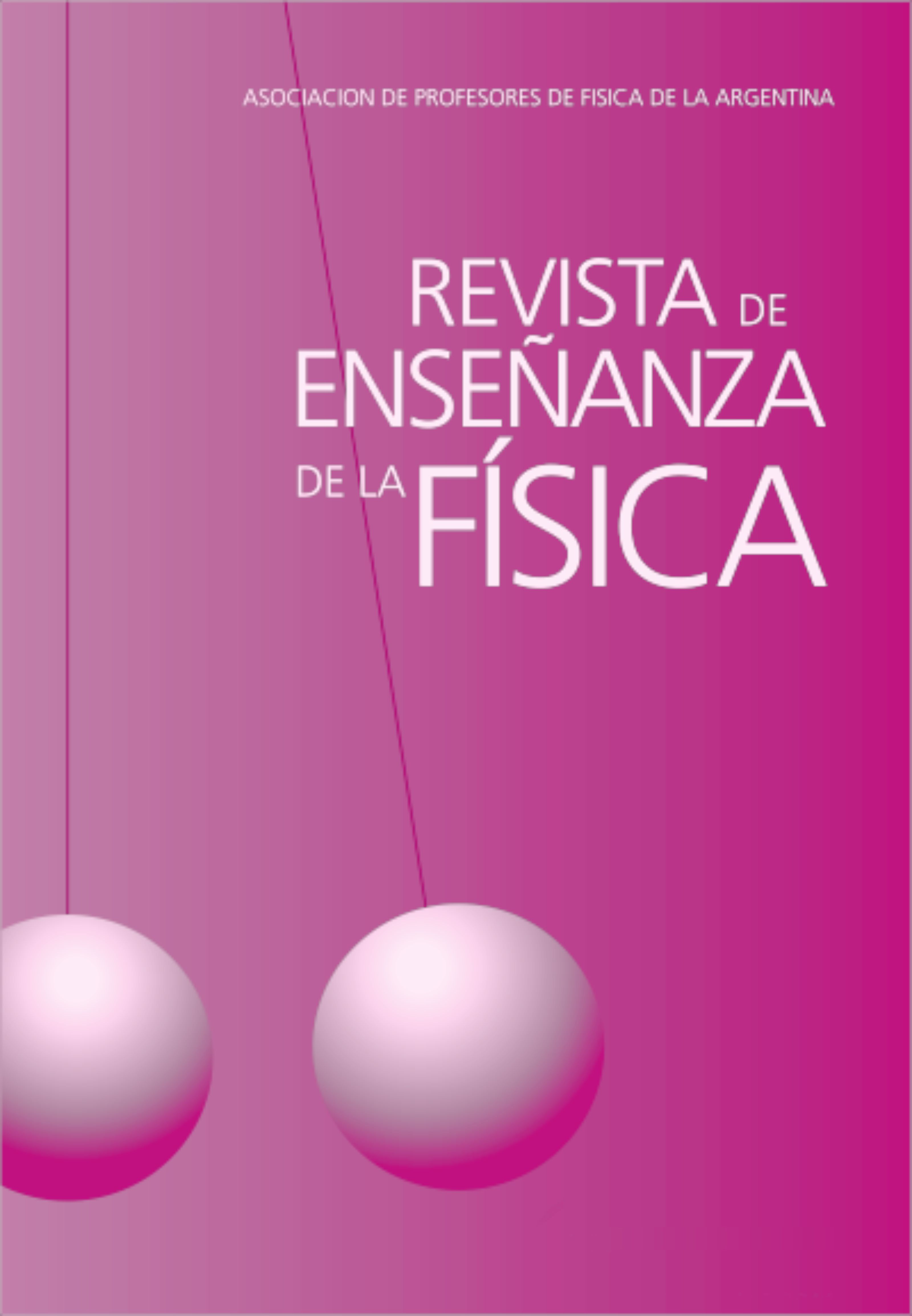Analysis of the suitability of a didactic intervention for the teaching of ohm law, at the basic university level: use of remote laboratory
Keywords:
Didactic suitability, Suitability criteria, Remote laboratory, Teaching of Ohm’s law.Abstract
In this paper we analyze the epistemic and cognitive suitability of an activity implemented by a physics teacher with university students of second year of engineering careers. The activity proposes to use the VISIR platform (Remote Laboratory) to carry out experiments with DC circuits to deepen some knowledge related to the law of Ohm. The results show that the use of remote laboratory is fast, accessible and easy to use allowing the comparison between measured values and theoretical values. The theoretical methodological perspective is part of the ontosemiotic approach (EOS), considering in particular the notion of didactic suitability and the criteria associated with it. Specific aspects of the practice that could be improved to optimize student learning are identified. We conclude that the criteria used in the analysis constitute adequate tools for the reflection of in–service teachers about their own practice.Downloads
Published
2017-11-02
How to Cite
Farina, J. A., Evangelista, I., Concari, S. B., Pozzo, M. I., Dobboletta, E., Garcia–Zubia, J., Alves, G. R., Hernández–Jayo, U., & Marchisio, S. (2017). Analysis of the suitability of a didactic intervention for the teaching of ohm law, at the basic university level: use of remote laboratory. Journal of Physics Teaching, 29, 99–111. Retrieved from https://revistas.unc.edu.ar/index.php/revistaEF/article/view/18450
Issue
Section
Research
License
Aquellos autores/as que tengan publicaciones con esta revista, aceptan los términos siguientes:Los autores/as conservarán sus derechos de copiar y redistribuir el material, bajo los términos estipulados en la Licencia de reconocimiento, no comercial, sin obras derivadas de Creative Commons que permite a terceros compartir la obra bajo las siguientes condiciones:
- Reconocimiento — Debe reconocer adecuadamente la autoría, proporcionar un enlace a la licencia e indicar si se han realizado cambios. Puede hacerlo de cualquier manera razonable, pero no de una manera que sugiera que tiene el apoyo del licenciador o lo recibe por el uso que hace.
- NoComercial — No puede utilizar el material para una finalidad comercial.
- SinObraDerivada — Si remezcla, transforma o crea a partir del material, no puede difundir el material modificado.
- Los autores/as podrán adoptar otros acuerdos de licencia no exclusiva de distribución de la versión de la obra publicada (p. ej.: depositarla en un archivo telemático institucional o publicarla en un volumen monográfico) siempre que se indique la publicación inicial en esta revista.
- Se permite y recomienda a los autores/as difundir su obra a través de Internet (p. ej.: en archivos telemáticos institucionales o en su página web) antes y durante el proceso de envío, lo cual puede producir intercambios interesantes y aumentar las citas de la obra publicada. (Véase El efecto del acceso abierto).














